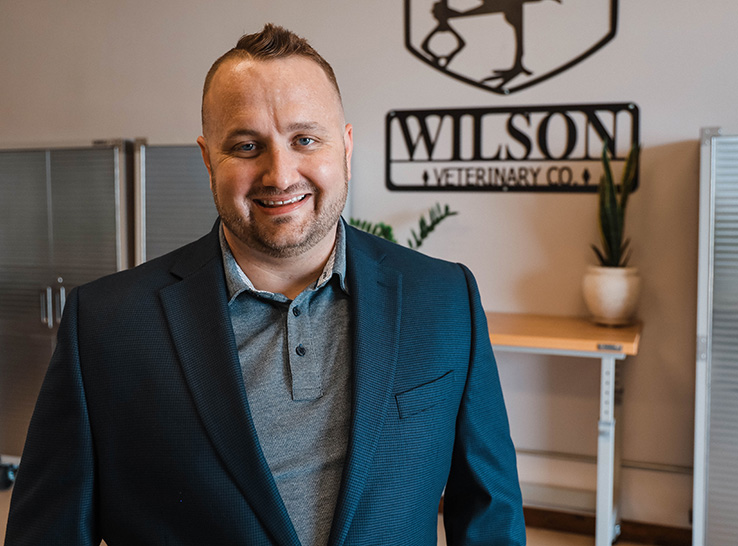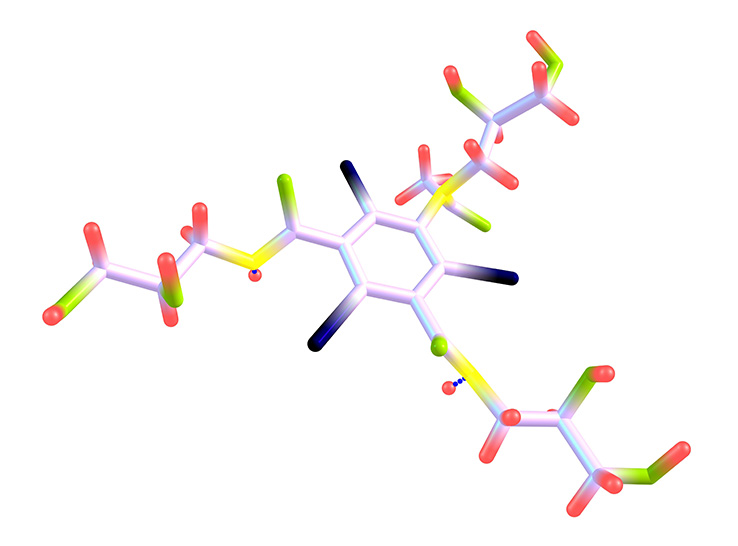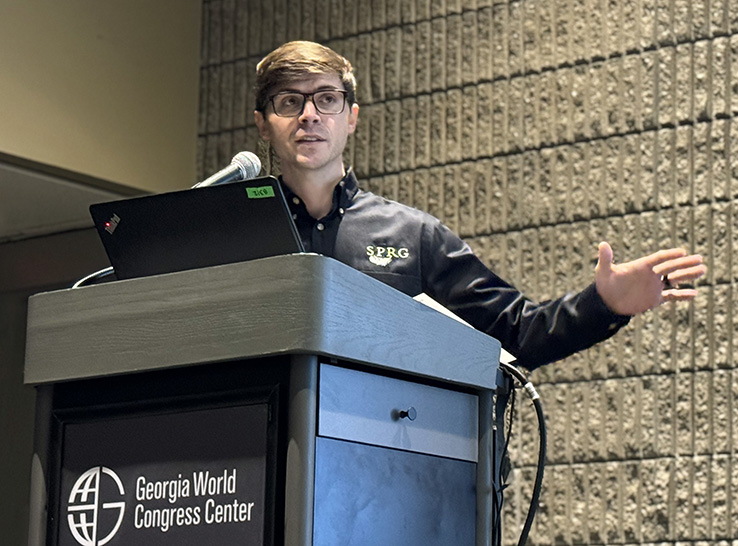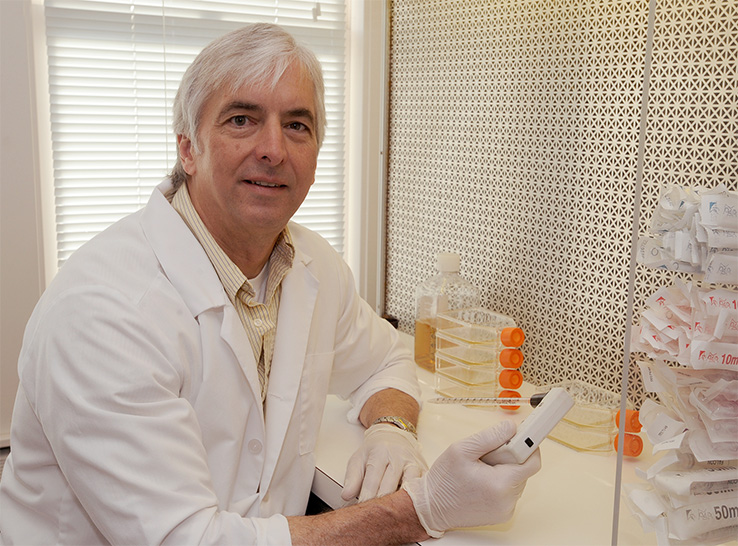By Daniel Wilson, DVM
Wilson Veterinary Company
Indianapolis, Indiana
(First in a two-part series)
Coccidiosis is one of the most frustrating diseases encountered by poultry producers. This is especially so in long-lived birds like layers. A producer can make one chess move, only to be faced with a countermove by these ubiquitous protozoa.
The endless cycle of push-and-pull can result in a lot of grief as pullet grower farms blame layer farms and vice versa, with veterinarians caught in between. We all also know that coccidiosis control costs money, and who exactly is responsible for breaks can become a point of contention.
In this article, I want to address some basics about coccidiosis that, if overlooked, can prevent effective control of the disease.
It’s everywhere
Where there are chickens, there are coccidia or “cocci.” Just because one particular house or farm doesn’t have a historical coccidiosis challenge or episodes of mortality due to coccidiosis doesn’t mean cocci aren’t present. A farm may have enough natural cycling to prevent clinical signs of the disease, but cocci are always there. Only specialized specific-pathogen-free or very isolated flocks might be “cocci-free.”
I therefore recommend beginning with this foundational belief: Every farm has the potential to have a coccidiosis outbreak given the right conditions.
Humidity is cocci’s lifeblood
Coccidial oocysts (eggs) require humidity to sporulate (hatch) and become infective. To generate immunity in a growing pullet, this means the oocysts that chicks are exposed to have sufficient humidity to sporulate.
Oftentimes producers incidentally reduce humidity in pullet houses with added heat and ventilation. We have to remember that while many pullets are grown in winter, which is the least humid time of year, these winter-raised pullets are initially transferred to their new layer environment in summer — the warmest and most humid time of the year.
Numbers count
Some coccidia of the right type and right number can help a pullet develop immunity. However, high numbers of sporulated oocysts at the wrong time with the wrong stressors can trigger a coccidiosis outbreak and even mortality.
It’s important to remember that heavy oocyst exposure might occur if there is high exposure to feces in feed, which can trigger clinical coccidiosis. Clinical coccidiosis can also be initiated by stressful events like a missed feed delivery.
Minimizing fecal access is an important key in minimizing clinical damage from cocci. Keeping equipment such as manure shields, water cups, belts and scrapers clean is essential to preventing a coccidiosis challenge. Keep in mind that some pullets that are transferred between systems can suddenly have a large increase in fecal-oral exposure, thus creating a cocci challenge.
One isn’t enough
Whether due to natural exposure or vaccination, proper development of immunity to coccidiosis requires oocyst cycling or exposures — that is, the oocysts need time to complete and begin new life cycles — over the course of several weeks. For long-lived birds, a single exposure doesn’t provide enough repetition to initiate good immunity to all core Eimeria (cocci) types. Alternatively, this is where a multi-dose cocci vaccination program can circumvent the need to get traditional cycling of oocysts.
Presentation of clinical coccidiosis or mortality due to the disease takes an accumulation of numbers, which typically occur in cycles following exposure to sporulated oocysts. It may take 3 to 4 weeks before flocks recently transferred to layer farms break with clinical disease even though the inciting stressful event such as a period of high humidity or high fecal exposure occurred weeks before. It can be difficult to connect the dots. Determining the events contributing to a coccidiosis outbreak requires reflecting back on past circumstances.
Coccidiosis in layers is hard to kill
At the end of a summer wave of heat and humidity, I get asked if the house should receive an extra cleaning and disinfection before the next flock comes in. Conversely, I’ll hear someone blame an outbreak of coccidiosis on a poor job cleaning and disinfecting a house before new pullets move in.
Although I will never tell a farm operator not to do some extra cleaning and disinfection, the “C” — cleaning — is more likely to be beneficial than “D” — disinfection.
Reducing the numbers of cocci by mechanically removing and cleaning out as much fecal material and dust as possible helps with cocci control. However, the “D” component of this strategy is somewhat futile because coccidial protozoa come with armor — literally a shell that’s hard to penetrate.
Common and practical disinfectants have little to no effect on cocci. The options that would work somewhat well are high-pressure steam or an open flame — not an ideal setup on a working chicken farm. Thus, there is no practical disinfection methodology that will render a barn or farm “cocci-free.”
The blame game
Let’s be clear: Cocci at the layer farm are not the pullet farm’s “fault,” and cocci at the pullet farm are not the layer farm’s “fault.”
There are endless combinations of equipment used for raising pullets and layers, and flocks move among and between them in a wide range of scenarios. Some pullets are moved from different geographies with varying types of climates. We have to keep this in mind as we attempt to develop coccidiosis-control programs that work well. There is no “one size fits all,” and sometimes, a program may not work out.
Just because a layer farm develops mortality from coccidiosis after birds are transferred from the pullet farm does not mean the pullets “brought it with them.” This simply means the pullet source didn’t develop coccidial immunity after natural exposure or vaccination.
A layer farm can request that pullets be vaccinated against coccidiosis in a number of different schemes. Although vaccination creates added work and cost, it can help initiate proper immunity and can be a valuable tool for preventing coccidiosis in layers. Cocci vaccination schemes are much more likely to negate many of the above variables compared to depending on natural cocci cycling in a pullet-house setting.
Lastly, it’s important to remember that no coccidiosis program is good forever. Control programs must evolve as cocci gain resistance to products used. They must evolve as housing styles, ventilation rates and pullet sources change. No layer-health program should be “set it and forget it.”
Editor’s note: This article was adapted from an article the author originally posted to LinkedIn.
Read Part 2: Coccidiosis vaccination in layers: Trickle dose is a win-win








